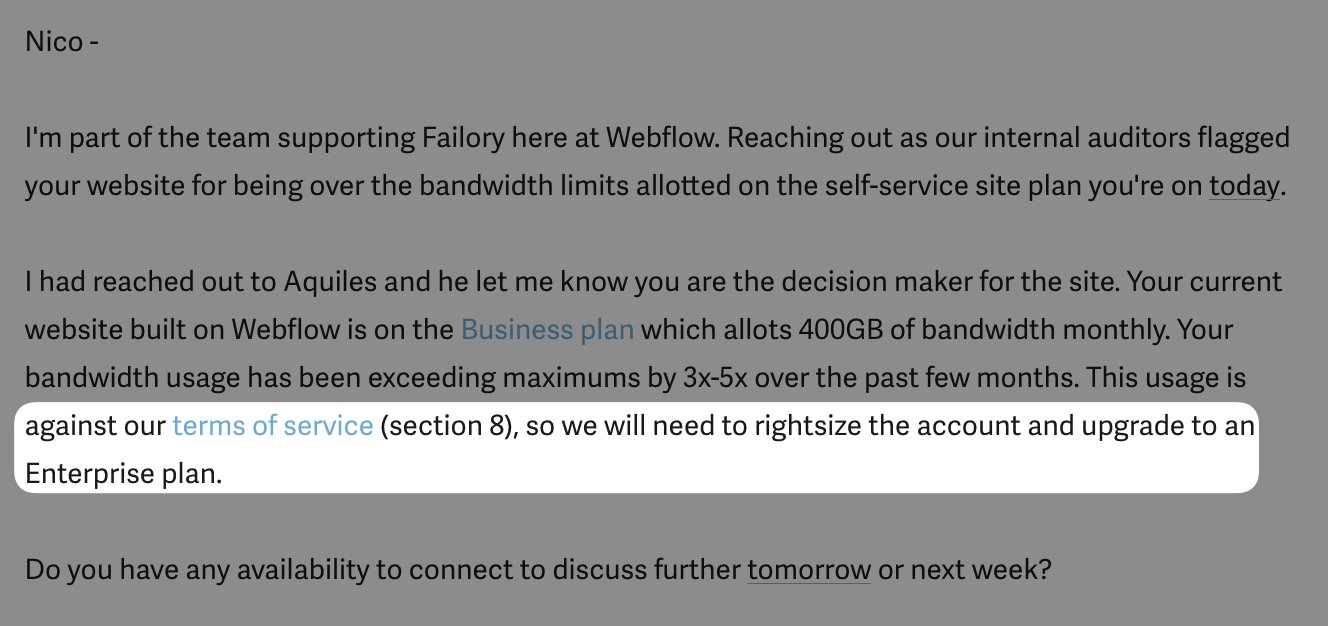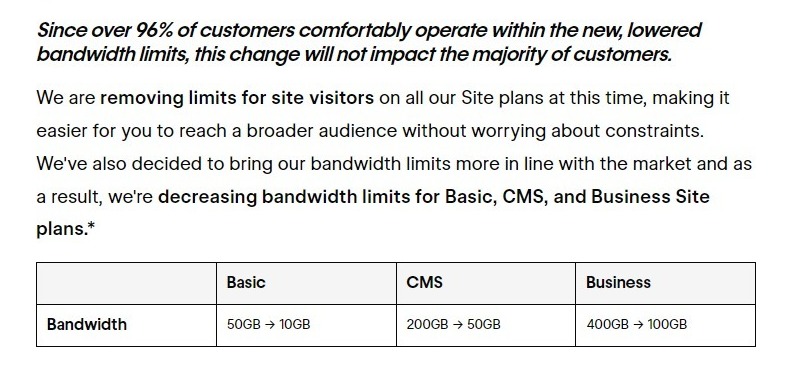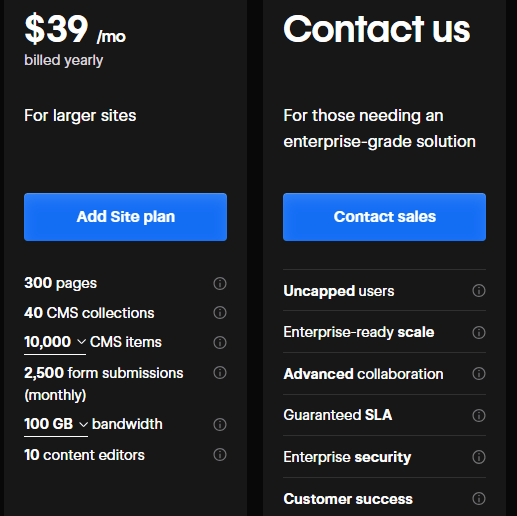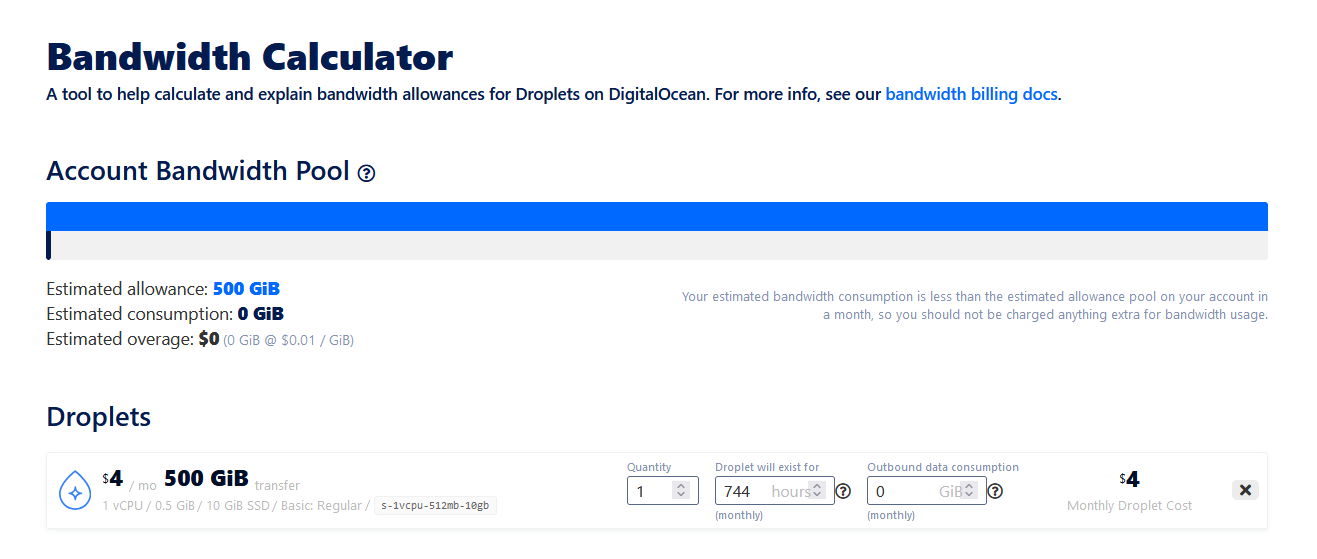Webflow, a popular website-building platform, has been criticized by its user base following a significant increase in its pricing plans. The company recently announced bandwidth changes that users have called abrupt and excessive. One user, Nico Cerdeira of Failory.com, pointed out something interesting—Webflow’s approach to upscaling users who overuse resources to their Enterprise plan.
Cerdeira received an email from Webflow forcing him to upgrade to an “Enterprise Lite” plan costing $15k annually or $1.25k monthly. He noted that he was given only one week to decide whether to accept the new pricing or migrate his entire site to another platform.

Based on the email Cerdeira shared on Twitter, he overused the allocated limits quite a lot in some cases. He said this is because he has over 30,000 assets on his site; most of which look like newsletter and blog-related content, from what I could tell. That said, does 2TB~ of monthly bandwidth usage warrant a price jump from $500 to $15,000 per year?
In an email exchange, Cerdeira told me that a Webflow Sales Rep contacted one of his employees two weeks ago, but he only heard about it last week. During a call, the Sales Rep informed him about the $15k price tag and explained that he had a month to decide, which was reduced to one week due to a communication delay.
Adding to the frustration, Cerdeira said that Webflow’s sales representatives were uncooperative when asked for more details. He quoted a sales rep saying, “No because you’ll tweet about it.”
(For what it’s worth, this response is a significant red flag for dispute resolution at Webflow. It indicates poor handling of customer concerns.)
After his tweet got over 500k views, Webflow followed up with Ceredeira to remedy the situation. “Their team reached out and said they would not enforce the upgrade. They also helped me optimize bandwidth usage, but it has not decreased a lot,” he told me.
Was this a sudden change of heart or a means to avoid further backlash? What about their other customers who were emailed similar notices? Will those customers also get their deals sweetened?
For the sake of it, let’s break down the actual costs.
New features and pricing
Webflow recently announced several updates to its Site and Workspace plans, including increased custom code limits and the ability to convert CMS images into WebP files to reduce bandwidth usage, among other features.
However, these enhancements come with adjusted pricing, which includes reduced bandwidth limits on all plans. For example, the bandwidth limit for the Basic plan has been decreased from 50GB to 10 GB, and for Business plans, it went from 400GB to 100 GB.

Webflow did note in the announcement post that the new pricing structure would only apply to Site plans purchased, upgraded, or downgraded on or after July 15, 2024. This means that these new rates will not affect existing Site plans that remain unchanged.
In perspective, if Stack Diary were to migrate to Webflow with our 300~ articles, most of which only have a featured image and the occasional image inside the content body, we would run out of the 100GB bandwidth limit in less than two weeks.
In this same Business plan, the default limit for CMS items is 10,000, so will all those CMS items be text-only? Not to mention that the cost would rise from $500 to $1,000 per year for nothing but a bandwidth increase (100GB -> 200GB).

Getting more bandwidth on your Business plan does not increase anything else for other features, even though the price jump goes from $39 (100GB, minimum) to $199 (500GB, maximum), which is a $160 premium per month just for bandwidth alone. In the maximum allocated bandwidth case, the price would spike to $2388 per year. I am no math expert, but even if Cerdeira did overuse his bandwidth for several months by using ~3-5x the allocation, that would still put him only at ~$6-11k, not the $15k he got quoted by Webflow.
Although I don’t know what Webflow’s internals look like and gave them 48 hours to respond to explain it, which they didn’t, I don’t think this kind of pricing can be justified merely for bandwidth alone—this is a “borderline” scam.
For comparison, the cheapest Droplet on DigitalOcean ($4/mo) will give you 500GB of bandwidth. For $12 a month, you can go up to 2TB.

Webflow says that their user sites are hosted through AWS and further proxied through Fastly, meaning their AWS bill for outbound bandwidth (500GB) would be $45, not $160, as quoted. $160 should get you around 1.7TB of bandwidth, almost covering everything Cerdeira uses on his Failory site monthly.
On the most expensive Business plan ($199), that would put you at $2.3k per year, not the $15k they quoted him initially. Where did the $12k come from?
Unless Webflow can make a case against it, you should assume this is designed to attract more money from users who know no better.
User reactions
In response to his tweet, many users jumped in to share similar experiences of receiving sudden notifications about the price hike. One user mentioned on Twitter, “We received the same email two weeks ago. Our website has few visits, but the blog is very image-heavy.”
The new pricing strategy is particularly troubling for users trapped by the platform because migrating their websites to a different CMS is difficult.
Matt Mullenweg, the founder of WordPress, also commented on the situation, emphasizing the benefits of open-source platforms. “Ouch! Now you know why to always choose open source. You’re in control, the code belongs to you as much as it does to the host,” he tweeted. Mullenweg’s remarks highlight the advantages of open-source solutions, where users have more control over their code and are less susceptible to sudden and significant pricing changes imposed by proprietary platforms.
For now, users like Nico Cerdeira and many others are left grappling with whether to stay with a platform they feel is taking advantage of their dependency or undergo the challenging migration process to a new service. It’s worth pointing out that isolated platforms like Webflow don’t make migrating to a new platform easy, even if they allow you to export your content. Getting it up and running elsewhere can be a headache.
If Webflow responds to me, then this article will be updated; otherwise, it is up to you to decide whether or not this is reasonable, not only because of how Cerdeira’s case was handled but also because of the absurd price spike.
